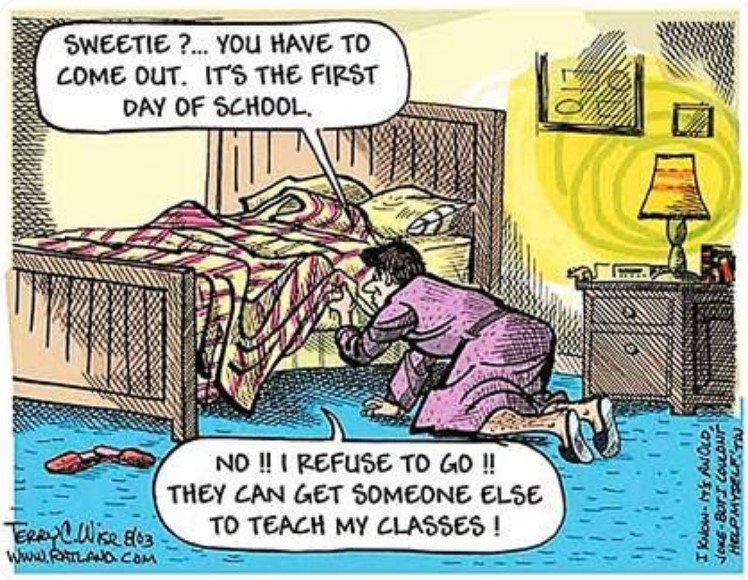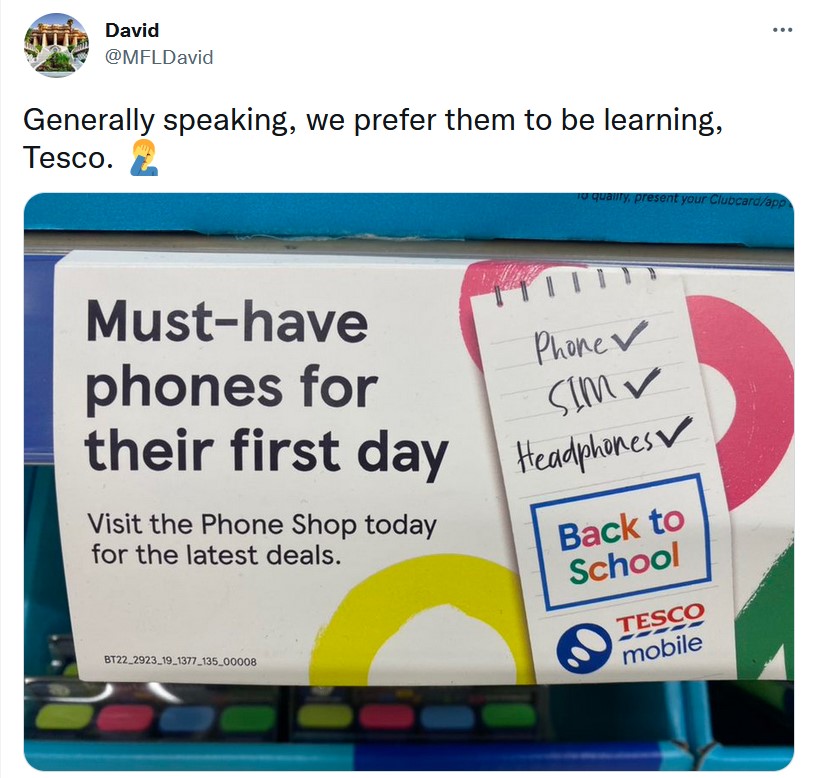New clients are often surprised by the fact that I recommend sessions of just 30 minutes. Many are swiftly converted to the idea when I give my reasons, but some remain deeply sceptical; I have even lost one or two leads as a direct result.
Given how critical many people are of the shortness of their own child’s attention span, and also given the fact that most people approach me because of the very fact that their child is struggling to cope in my subject, I do find it strange how bitterly wedded to the hour-long model some people are. I also find it strange how many tutors are still working to it.
The latter is perhaps easily explained: to be frank, it is easier as a tutor to fill your books and your time in hourly slots, as going with the half-hour model means that you have to source double the number of clients to make the same amount of money. However, I don’t believe that this is the reason why so many tutors are sticking to the hourly model, not least because I know so many who are already over-subscribed. I think it’s got far more to do with habit. We’ve always done it this way, so let’s just carry on. Some tutors to whom I have suggested the 30-minute model have reacted to the idea as if it’s some kind of revelation – it had literally never occured to them to tutor for any period of time other than an hour. Yet in the world of music teaching, for example, 30-minute lessons are really quite common.
The hour-long model for tuition is in many ways a hang-over from when all sessions were face-to-face and practicalities therefore came into play. Parents bringing their child to a tutor’s house probably preferred an hourly session; at least it’s enough time to nip round to the Co-Op and pick up a few basics, or do another quick errand. Half an hour would mean that they would probably have no choice but to sit in the car and wait. Yet these days, with online tutoring, 30 minute sessions are a viable, workable model and students gain untold benefits from working in this way.
Here are just a few of my key reasons for going with the 30-minute model.
- Most tutoring sessions are very intensive and can be taxing on the working memory, which is exceedingly limited. Over-burdening a child’s working memory is counter-productive and will hinder their progress.
- Tutoring is expensive for the client. Given what I have said in number 1, I truly believe that I am giving better value for money, because a child is more able to focus intensively for the whole session. Why pay for extra time that is potentially less valuable? This is why I recommend two sessions of half an hour if parents are really keen for their child to have an hour of my time – they pay me the same amount as they would at an hourly rate, but they’re getting better value for money.
- Not all children are exactly thrilled at the notion of spending extra time being coached in a subject that they are struggling with and/or that they don’t (yet) like. This is especially true of teenagers. A 30-minute session is a much easier sell to a disaffected, disgruntled Year 11 student, especially when they see how much progress they can make in that short time. I have had teenagers request to go up to two sessions per week once they realise the progress that they can make in a 30 minute slot. We must all try hard to remember what it feels like to be 14, 15 or 16 years old. An hour feels like an absolute eternity. I remember being almost in tears before double geography, just at the thought of the interminable boredom. (Sorry, Mrs Winslow).
- On a related note, 30-minute sessions also mean that I don’t get bored. Sorry if this is a shock to anyone, but tutors are human and we get tired during sessions as well, especially if that session involves the patient repetition and re-explanation of very simple concepts, multiple times, which it often does. I work with numerous students who need remedial help on very simple concepts. Keeping their sessions short keeps up the sense of urgency and the interest; I am fresh, focused and your child is getting me at my best.
- The 30-minute model means I can help more people. I currently have almost 40 students on my books and there is no way I could work with that many clients in hourly slots. I am already getting to the point where I am turning people away: while I do have some slots available, unless a parent can agree to a very specific time, I am currently having to pass them on to other tutors. If they have selected me for a specific reason (usually because they have read my website really carefully), this can be disappointing for them, however wonderful I know my recommended tutors are. I understand that, and I want to work with as many people as I can who want to work with me.
Finally, some thoughts about schools. While many schools work with hourly lessons, this is not true for all and indeed it is the most academic schools that tend to favour shorter lessons. The grammar school I used to work in had eight lessons per day, each one of 35 minutes. The pressure to get the students in, settled and working as soon as possible was high; as a result, every minute felt urgent and pressured, and that’s actually very conducive to a thriving learning environment. One of the biggest changes I noticed when I left this grammar school and joined a comprehensive was a terrifying lack of urgency when it came to lesson time. I remember being totally taken aback by a student who once commented “is it even worth starting this? We’ve only got half an hour.”
Many schools worry that the introduction of shorter lessons would lead to wasted time, as students will be moving between classes more often. In my experience, the exact opposite is the case. Shorter lessons put the pressure on both students and staff, and it’s easier to promote the sense that we must be making the most of every minute.





